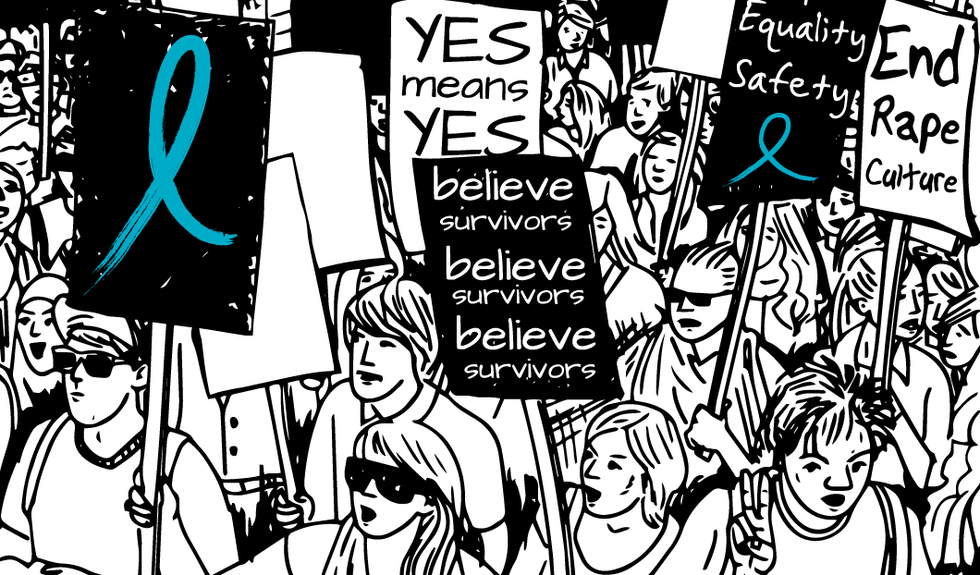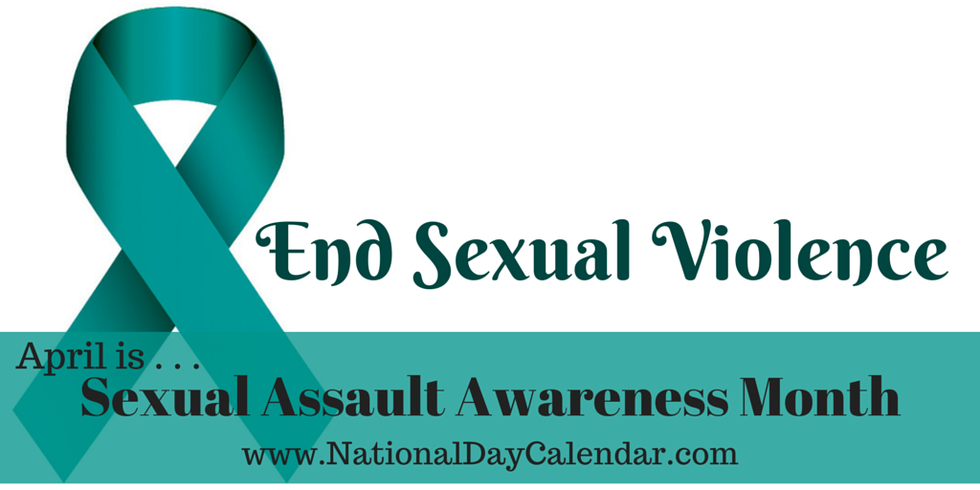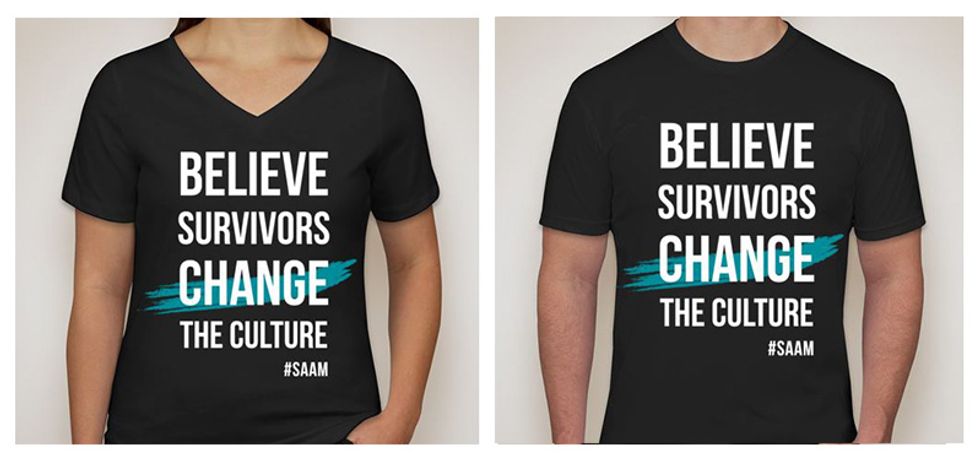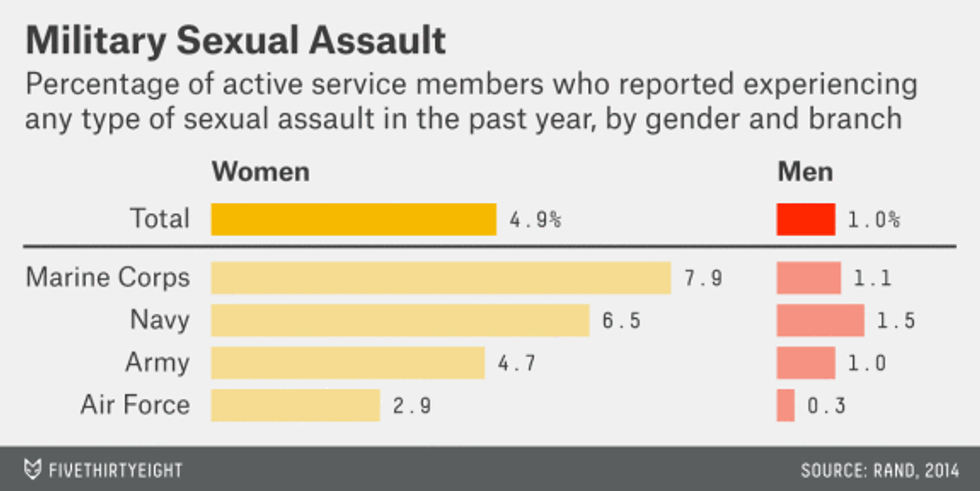Are safe areas really safe?
The crime rate in La Mirada, CA rests 34 percent lower than the national average and is safer than 61 percent of cities in the United States, according to data from the Federal Bureau of Investigation's uniform crime reports in 2015. Even in a safe city like this, the number of reported rapes doubled between 2014 and 2015 with nine incidents the following year, according to City-Data. Furthermore, a Los Angeles Times map of crime in La Mirada displays six assault incidents that occurred between Mar. 3-16 last month.
My school, Biola University, sits in the city's center. However, even a Christian campus like ours does not remain exempt from sexual assault crimes. Campus Safety sent all Biola students two different emails — one on Mar. 15 and one on Apr. 3 — about sexual assaults that students reported.
The student who reported the case in March said the assault happened in her dorm room five months ago. The student who reported the case in April stated that a man parked on the side of the road at the Los Coyotes Avenue/Creek Park area, got out of his car and chased her, then groped her.
Increased national prevalence
Sexual assault cases have also become more prevalent in 2017 across the nation.
A former nurse at Houston Medical Hospital was recently accused of raping a patient last year, according to Click2Houston. Michael Irvin is under investigation for sexual assault and was dropped as a keynote speaker at the Best of River Valley Preps All-Star Awards event scheduled for June 1, according to TMZ Sports. A teacher from Cranston, Rhode Island was arrested for allegedly assaulting four female students, according to 630Wpro.
The issue has gained national attention and the District of Columbia City Council officially recognized National Sexual Assault Awareness Month on Apr. 4, according to a press release.
Sexual Assault Awareness Month
The National Sexual Violence Resource Center holds a sexual assault awareness campaign each year in April during Sexual Assault Awareness Month. This year's campaign is "engaging voices" and focuses on the ways faith leaders, coaches, Greek life, parents, and bystanders can prevent sexual assault. Although the campaign is national, the NSVRC provides information for those who wish to start their own campaign. In addition to the resources listed above, NSVRC provides a list of other organizations that seek to eliminate sexual assault and allows website visitors to select different categories.
College students have also started raising awareness in light of increased sexual assaults. After Virginia Tech received five sexual assault reports, senior Sarah Pavilack started a petition for an in-person assault training held before students begin classes each year, according to WSLS 10 News.
The Armed Forces have also addressed the prevalence of sexual assault and scheduled events during SAPM (Sexual Assault Prevention Month). According to a press release, the Altus Air Force Base hopes to educate the nation about the severity of sexual assault and provide ways to combat it. The Air Force has recently released a five-year Sexual Assault prevention and response strategy that will educate and train Airmen about the issue.
In addition, celebrities have spoken about the issue. Marie Claire reported last year that various celebrities spoke out about the issue, including Reese Witherspoon, Salma Hayek, Angelina Jolie, Lady Gaga, Viola Davis. Brie Larson also didn't applaud for Casey Affleck after his Oscar Win due to sexual harassment suits two women filed against him, Shape Magazine reports. Furthermore, athletes have voiced their opinions through the "Get off the Sidelines" and "NFL Players Say No More" campaigns.
What is sexual assault?
According to Sexual Assault Awareness Month (SAAM), sexual assault constitutes any type of unwanted sexual contact, including words and actions. Sexual violence includes: rape, incest, child assault, sexual harassment, sexual exploitation, trafficking, exposition of body parts without consent, and stalking others.
Who are the victims and abusers?
People from all ages, ethnicities, genders, countries, incomes, religions, etc; can suffer from sexual assault. Strangers can abuse others, but many times abusers target people they know well because their victims trust them.
What are the warning signs of sexual assault?
Best Colleges lists the following as warning signs of a problematic relationship:
Emotional abuse: tone, language choice, jealousy, controlling statements, pejorative language, and threats.
Physical abuse: violence, threatening body language, and damaging property.
How does sexual assault affect survivors?
According to RAINN, people who have been sexually assaulted are more likely to use drugs, develop problems in their relationships, and become susceptible to depressive or suicidal thoughts.
How has this issue affected college students specifically?
The number of sexual assaults at U.S. colleges has increased 50 percent in the last decade. A 2014 government report indicates that one in five students experience sexual assault during their college career. Put these numbers into perspective. A university with a population of 50,000 would experience 10,000 assaults, one with 10,000 would experience 2,000 assaults, and one with 1,000 students would experience.
Sexual assaults most commonly occur at schools with Greek Life, lots of parties, those that permit alcohol, and those with liberal policies, according to Edsmart. In addition, that freshman and sophomores are at higher risk and the risk of assault increases between 12 a.m. and 6 a.m.
The NSVRC reports that one in 5 women and one in 16 men are sexually assaulted in college, more than 90 percent of victims do not report these assaults, and that 63.3 percent of men who self-reported these crimes admitted to repeat rapes.
What colleges have the most cases?
A Washington Post article lists the schools with the 10 highest amounts of rape reports in 2014: Brown University, University of Connecticut, Dartmouth College, Wesleyan University, University of Virginia, Harvard University, University of North Carolina at Charlotte, Rutgers New-Brunswick, University of Vermont, and Stanford.
How can people obtain help?
Victims can seek help themselves or others can report instances. Womenshealth states that people can call the National Sexual Assault Hotline or chat online with a trained worker. The Rapist Abuse and Incest National Network (RAINN) also provides a page that helps survivors find local centers with trained professionals that can provide counseling,advocacy, and medical attention.
How can I help if I have not experienced it myself?
NOMORE provides bystander scenarios that users can click on and read a bulleted list of ways to react. They also provide external links for various website with supplemental information. Another page contains advice about helping family and friends who survived an assault and how listeners can emotionally deal with the information they receive. The best way to help, however, is to learn about the issue on the website's "know the facts" page.
The Center for Disease Control and Prevention created the following infographic to help end sexual violence. The graphic also contains a link with resources at the bottom.
An NSVRC fact sheet shares how individuals can intervene if they see something happen,model healthy behaviors and relationships, believe people who share stories about sexual violence, and help people find resources.
Why people do not report cases
According to the U.S. Department of Defense, men generally do not report sexual assaults due to shame.
Harvard Business Review interviewed 31 women in male-dominated industries. In this study, 75 percent of women reported that they were harassed at work. These women provided three common responses when they explained why they did not report these instances — fear of retaliation, the bystander effect, and a masculine culture that approves sexual harassment.
Furthermore, the National Institute of Justice states that victims often feel like others will not believe them or will blame them for the incident. According to RAINN, college students specifically do not report crimes to law enforcement for a reason not listed on their survey (35 percent of respondents), but other reasons include: believed it was a personal matter, fear of reprisal, believe it was not important enough to report, did not want to perpatrator to get in trouble, believed the police could not or would not help, or they reported it to someone else.
Break the Cycle states that many sexual assault survivors do not immediately contact the police for support due to trauma and inability to process the situation. According to the RAINN, 994 of 1000 rapists escape punishment for their assaults and the police only receive reports for about 344 (one third) of these cases. Men report cases less frequently than women. While 43 percent of female military reported cases, only 10 percent of men spoke up.
Sexual assault also occurs between people of the same gender, so people often do not report these cases due to legal barriers, according to Investigate West.
Resources
Biola Campus Safety provides students with practical safety reminders: avoid running alone and late at night while off campus, avoid loud music that decreases awareness of your surroundings, always carry a cell phone and pepper spray while running, draw others' attention if you feel attacked, and immediately report instances. The Campus Safety website also provides information about reporting sexual assault, definitions for various assault crimes, a list of reporting and support resources, a list of off-campus resources, lists of risk reductions, a list of victims' rights.
The University additionally provides educational programs, including the Rape Aggression Defense System physical education class, a training module on the subject for incoming students, and a sex offender registry. The website also contains a separate page about the Clery Act.
The National Institute of Justice states that the Clery Act (Student Right-to-Know and Campus Security Act of 1990) increased transparency about campus crime policy and statistics. The government amended the act in 1992 and required schools to develop prevention policies, provide certain assurances to victims, and report crimes in specific categories.
Men Can Stop Rape specifically provides resources for men who wish to combat the crime.
Sexual assault victims can call the Sexual Assault Resource Center for crisis support, counseling, or community outreach. The organization also provides crisis intervention resources. Students can also resource RAINN's tips for staying safe on campus.
Organizations who help
Various organizations have arisen in the past few years because sexual assaults have increased. Many of these groups feature blogs with personal testimonies, include pages with numerous resources, and include volunteer opportunities. These organizations include but are not limited to: A Voice for the Innocent, Safe Horizon, Grateful Garment, and NOMORE.
Take the next step
If you wish to start something on your own campus, download the NSVRC toolkit, create informational materials, and start some events. Suggestions include: documentary screenings, awareness walks, social media posts, awareness videos, blogs with survivor testimonies, and more.






























 sunrise
StableDiffusion
sunrise
StableDiffusion
 bonfire friends
StableDiffusion
bonfire friends
StableDiffusion
 sadness
StableDiffusion
sadness
StableDiffusion

 purple skies
StableDiffusion
purple skies
StableDiffusion

 true love
StableDiffusion
true love
StableDiffusion
 My Cheerleader
StableDiffusion
My Cheerleader
StableDiffusion
 womans transformation to happiness and love
StableDiffusion
womans transformation to happiness and love
StableDiffusion
 future life together of adventures
StableDiffusion
future life together of adventures
StableDiffusion





















